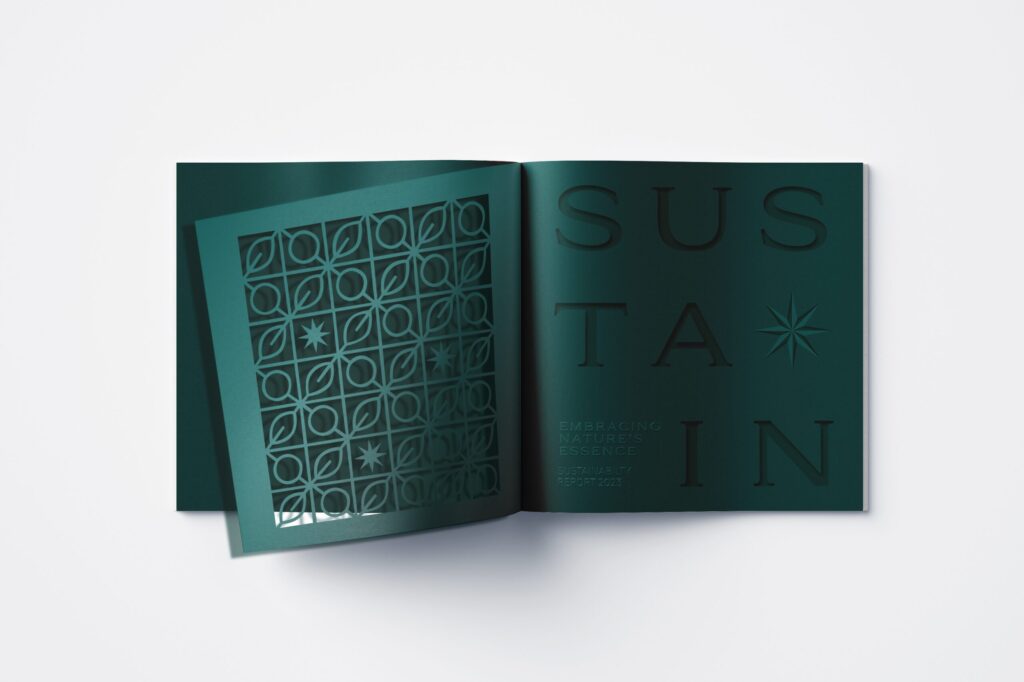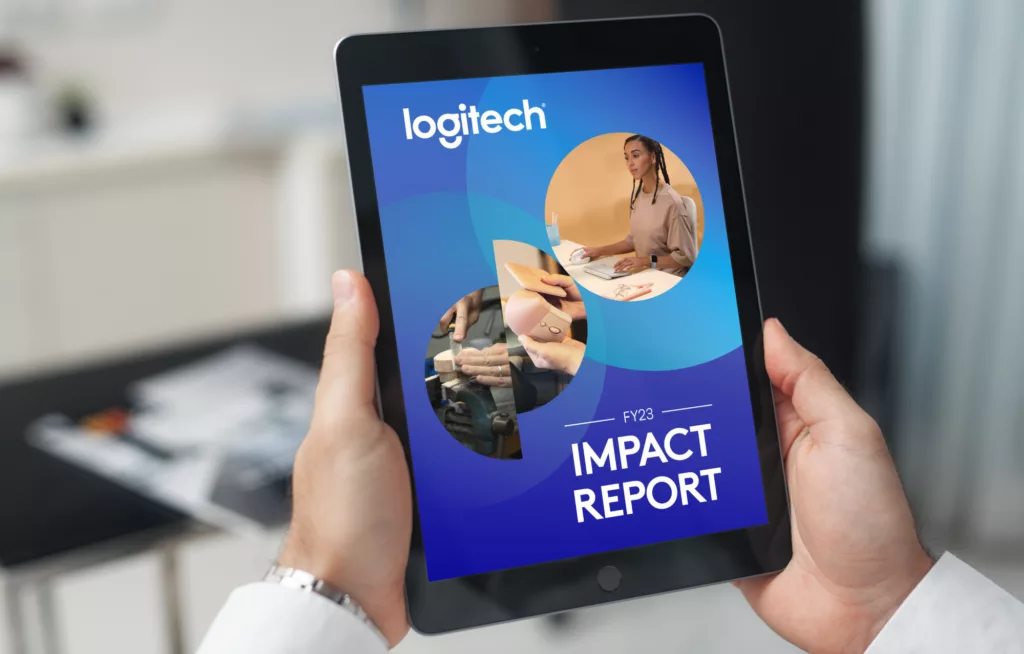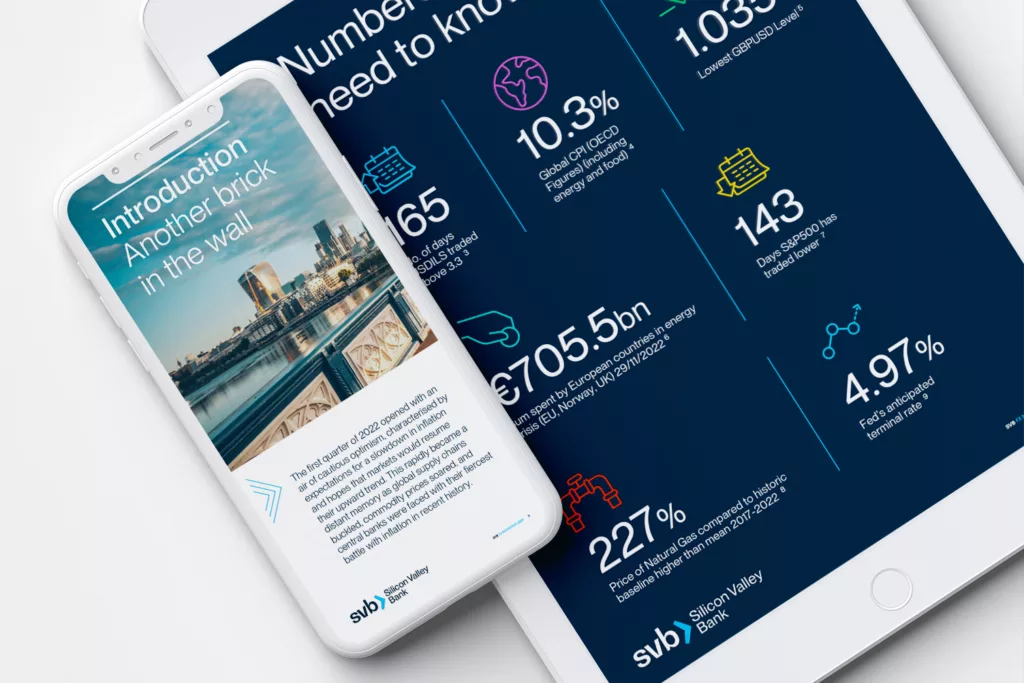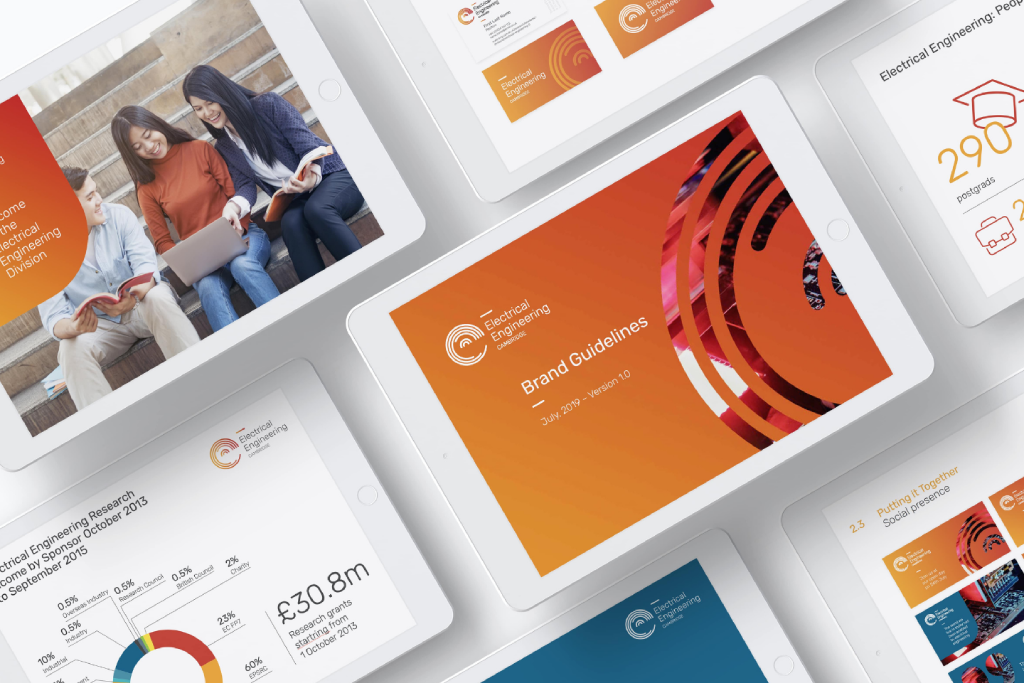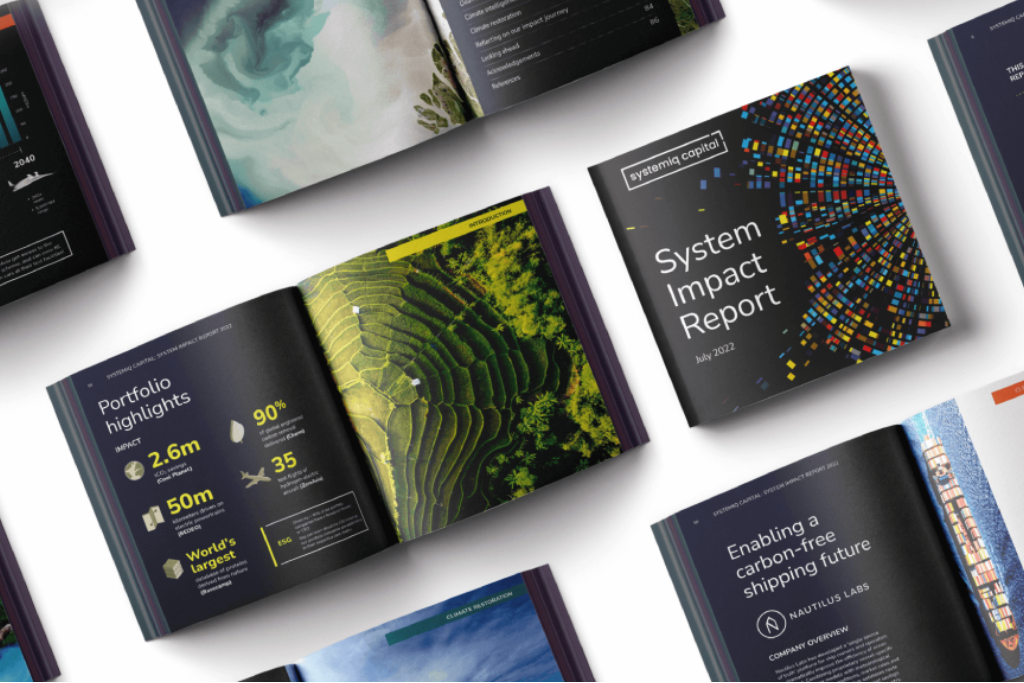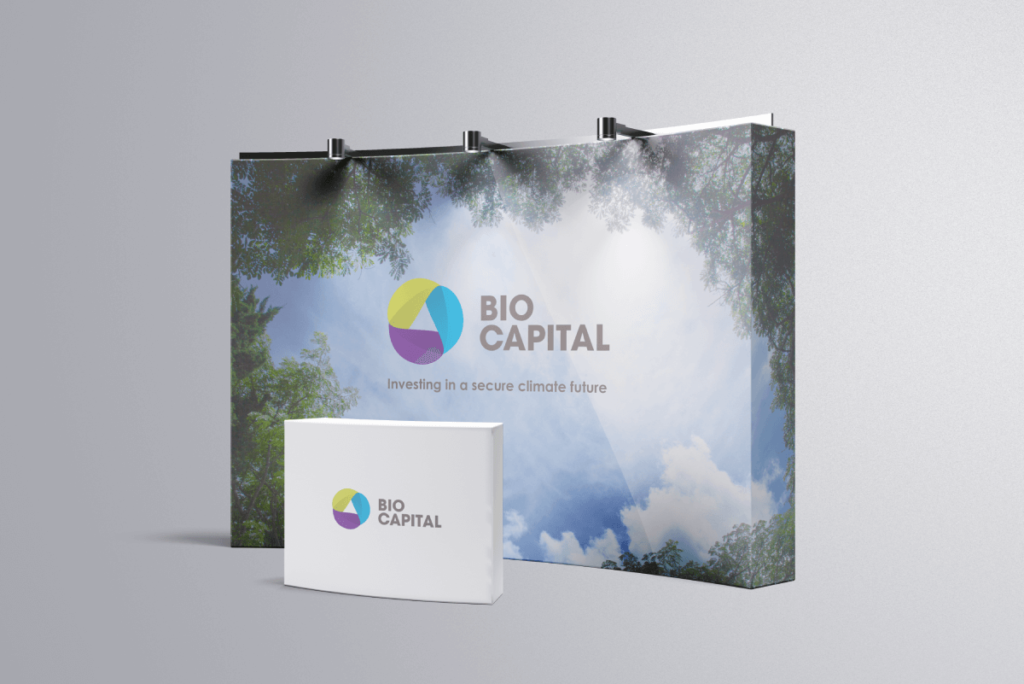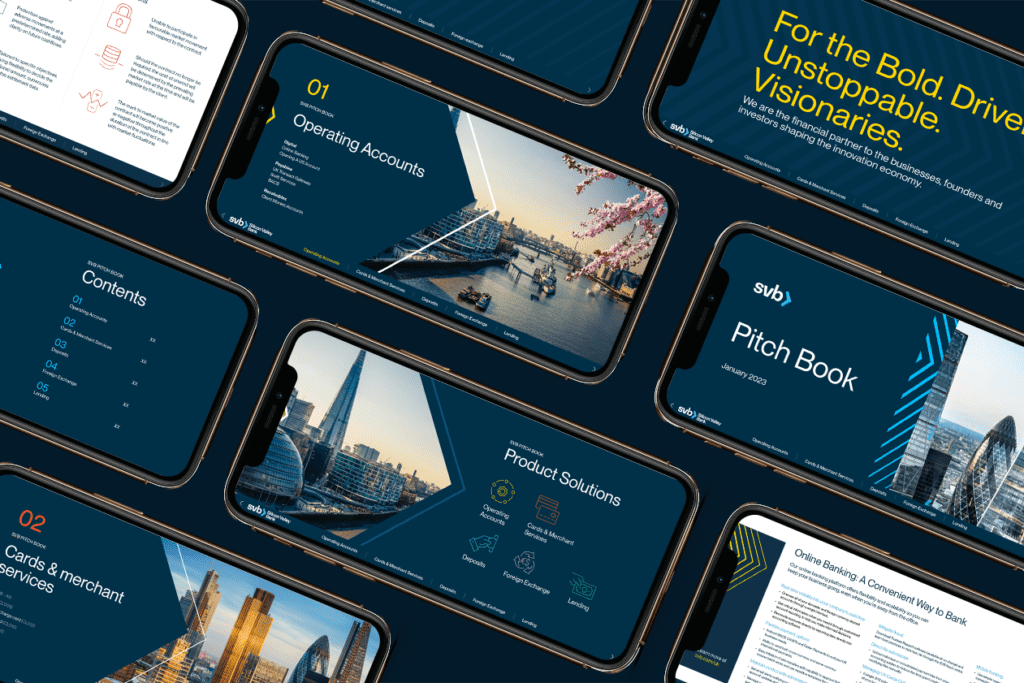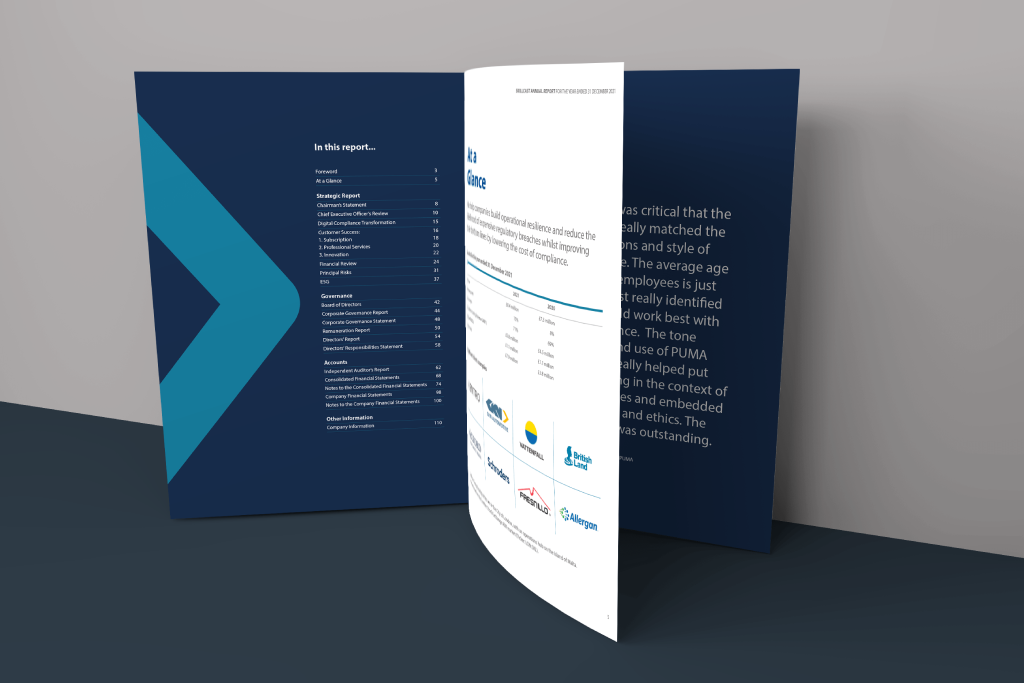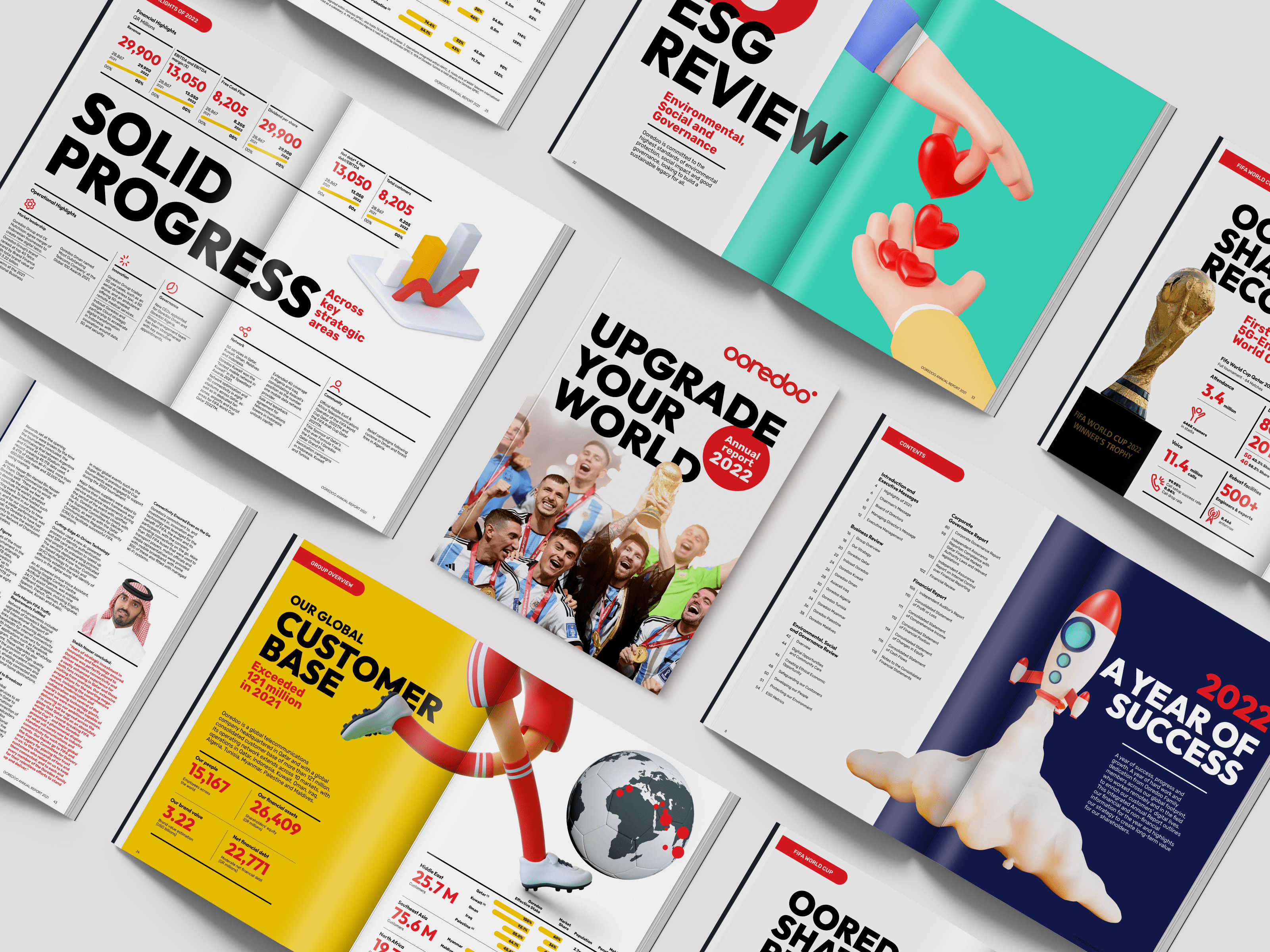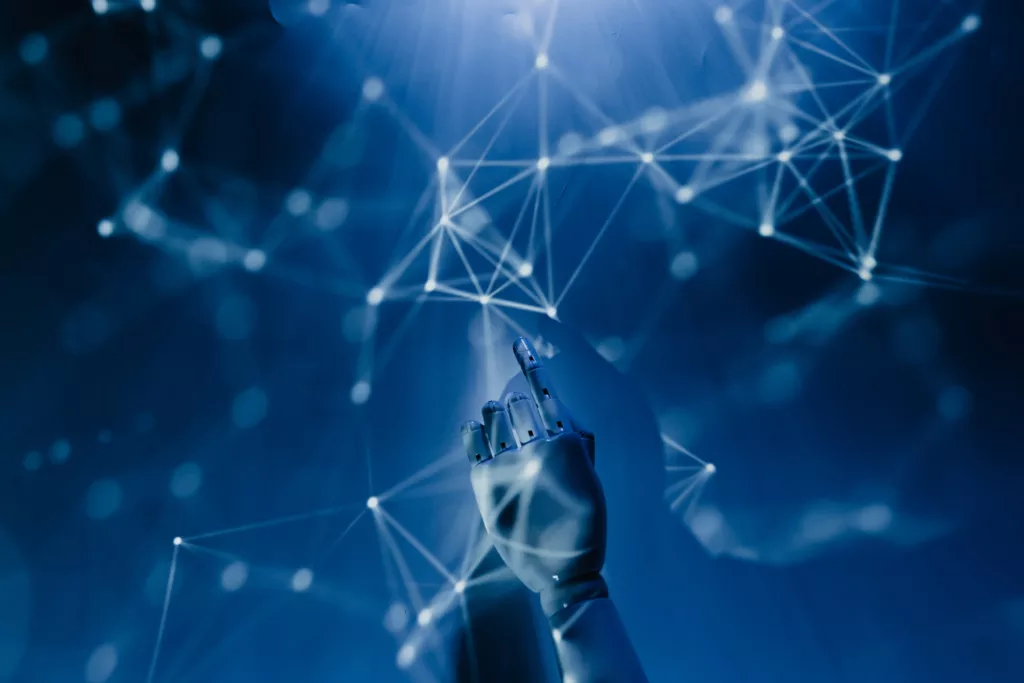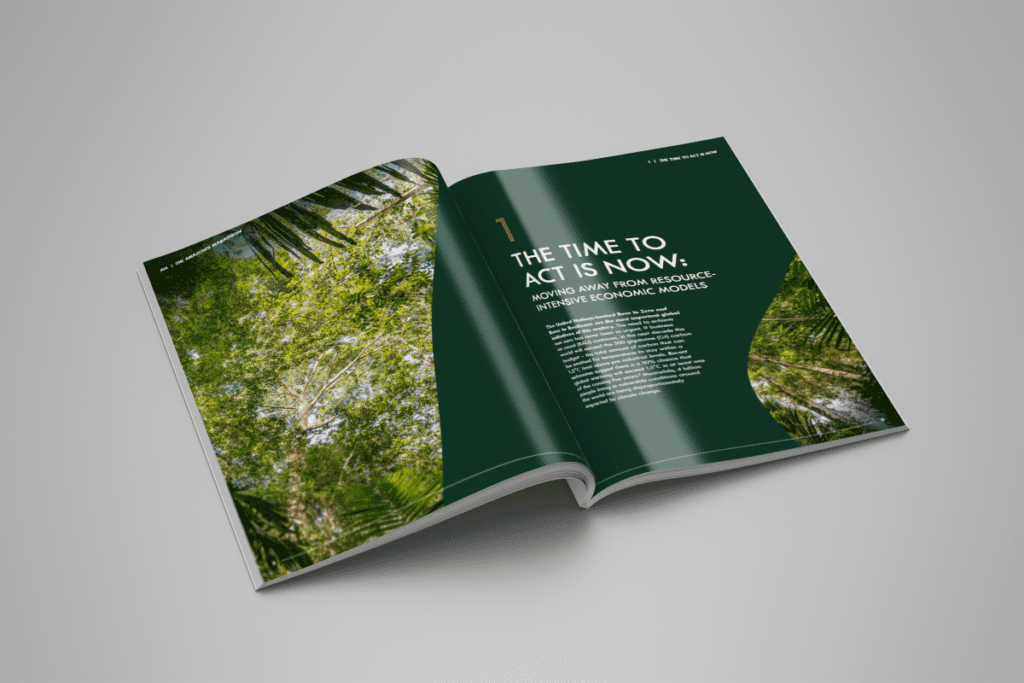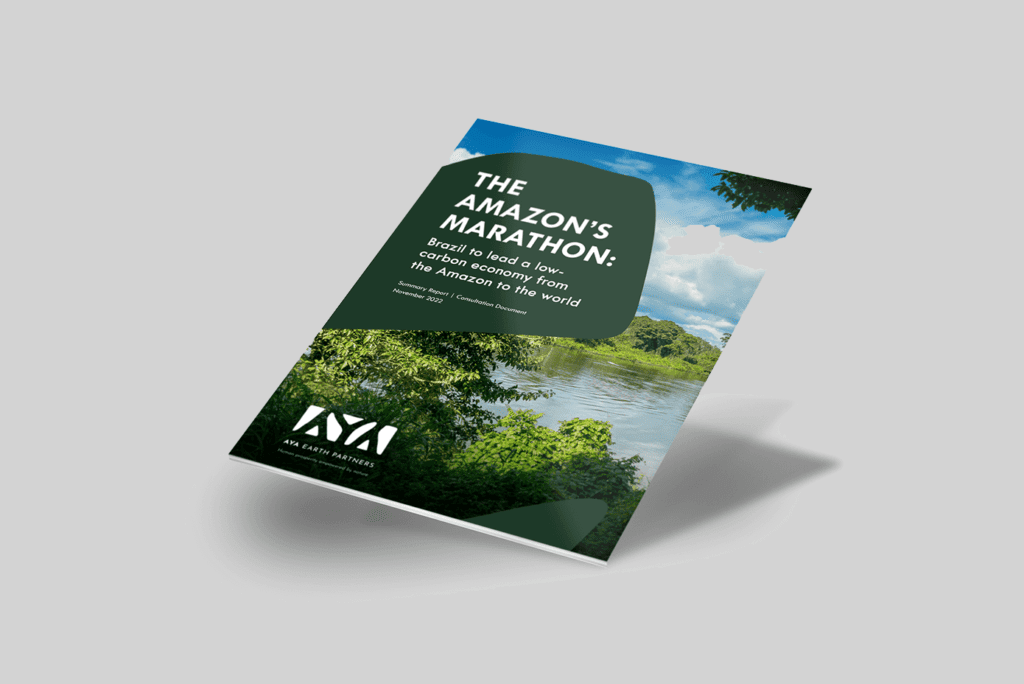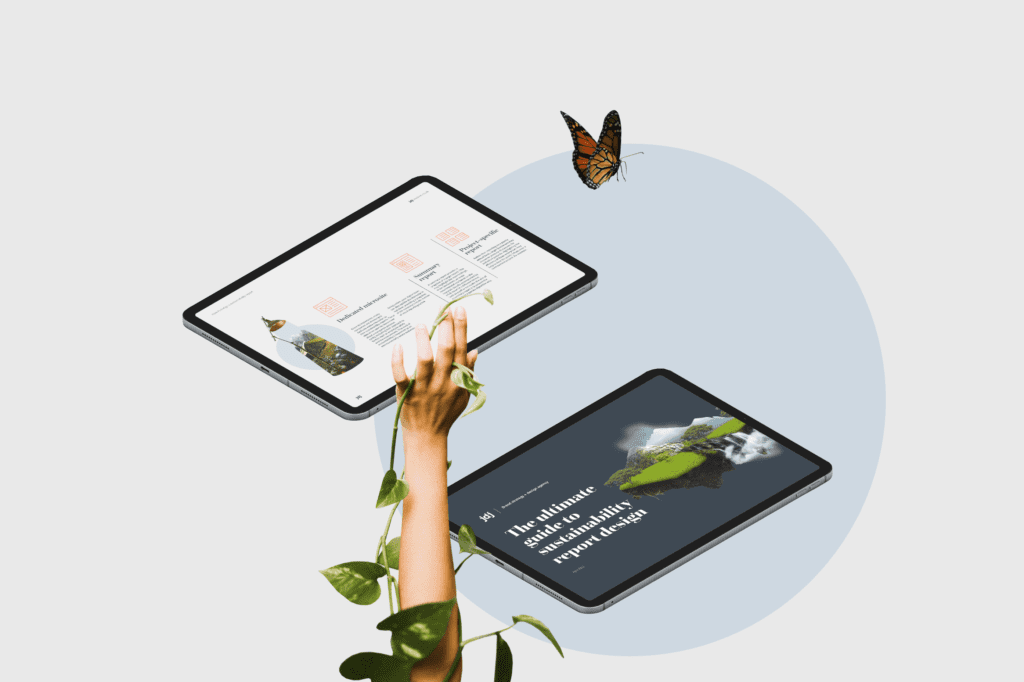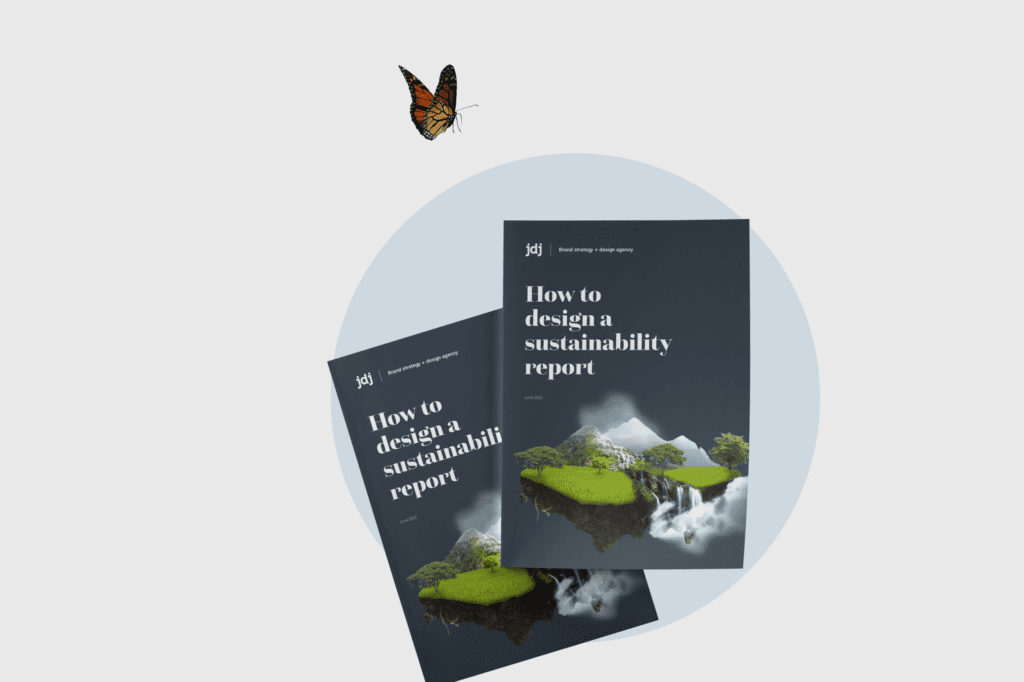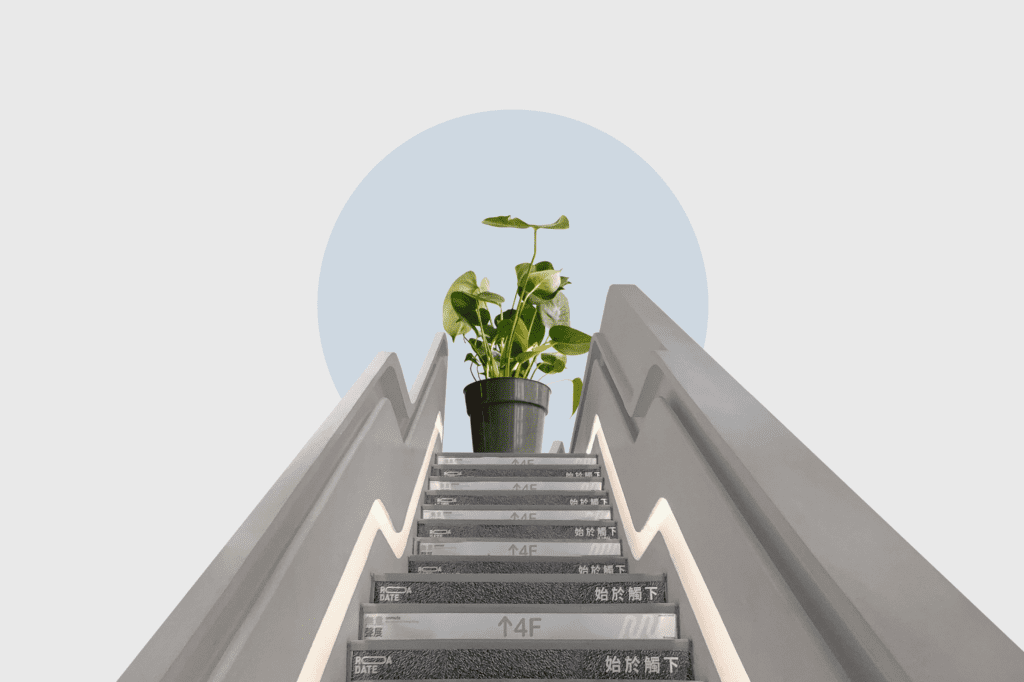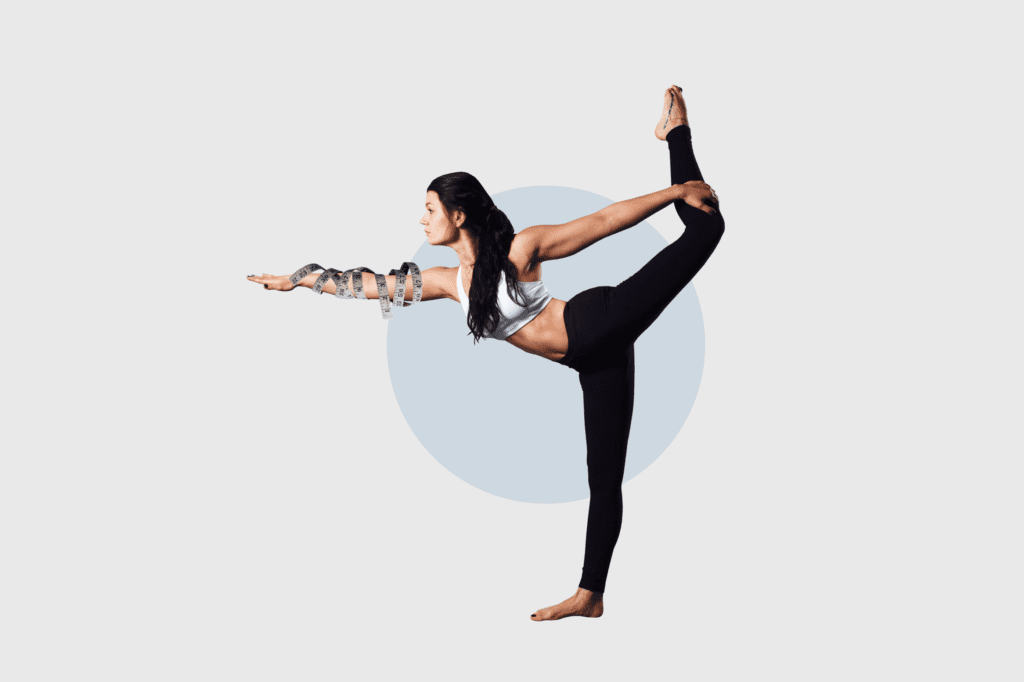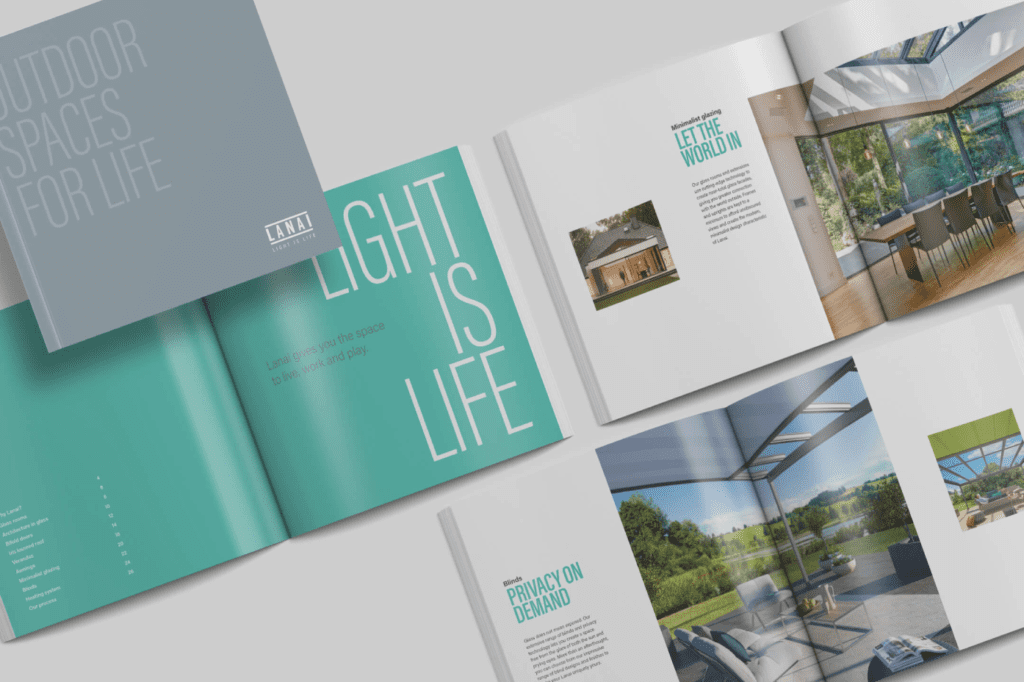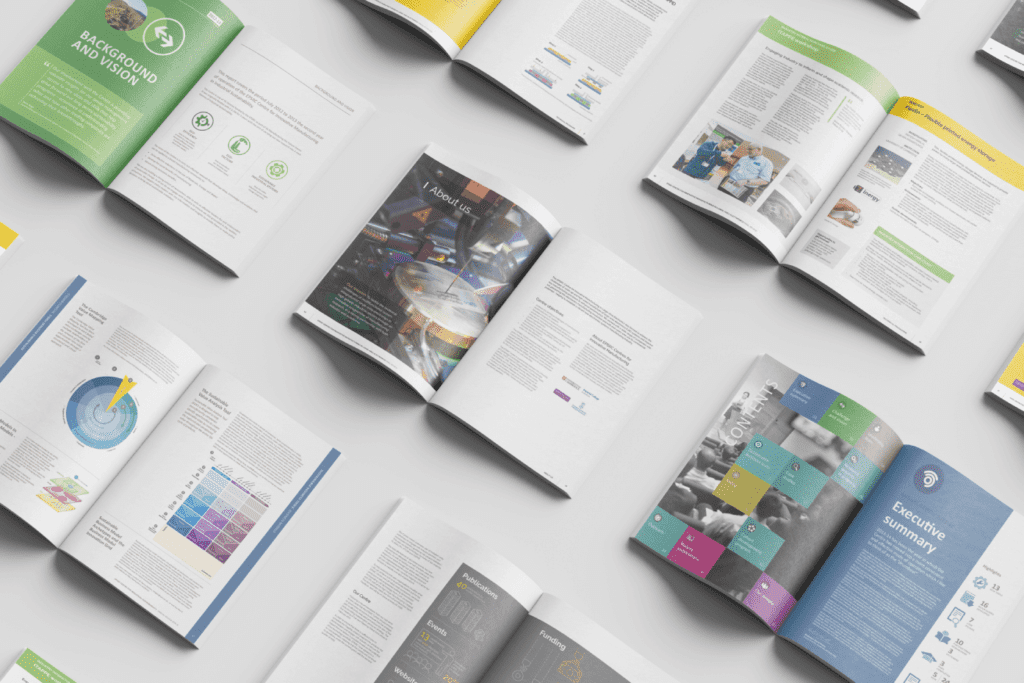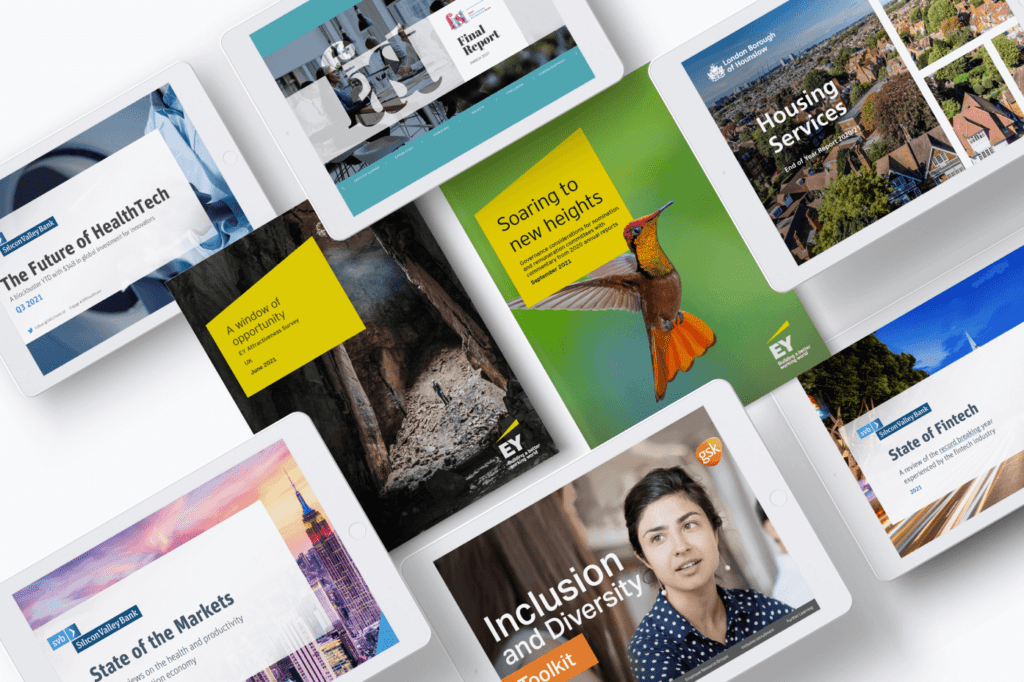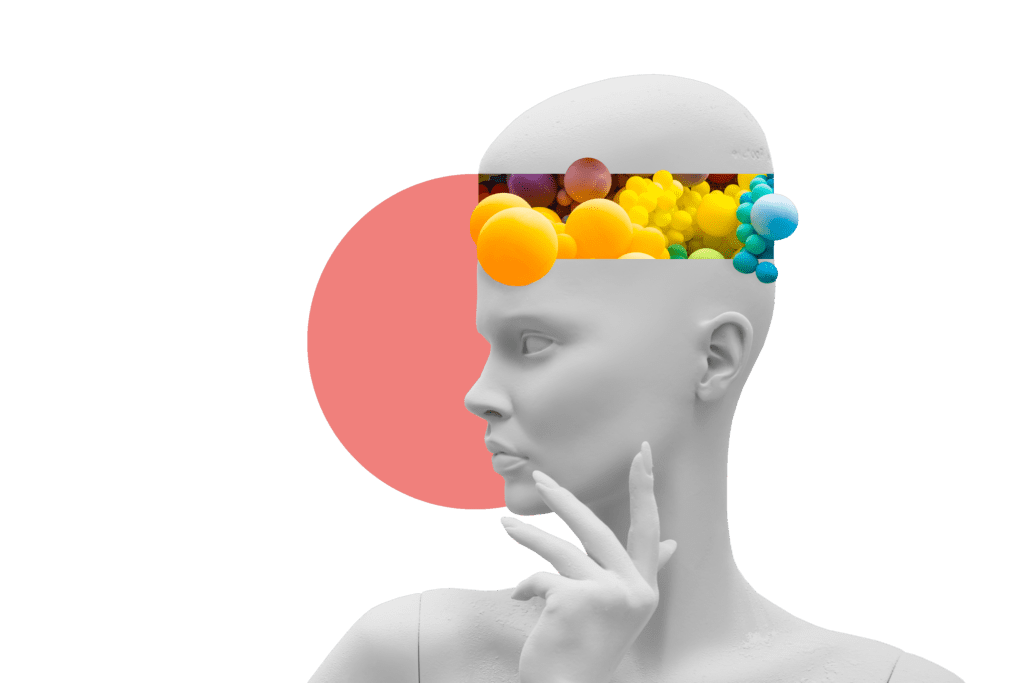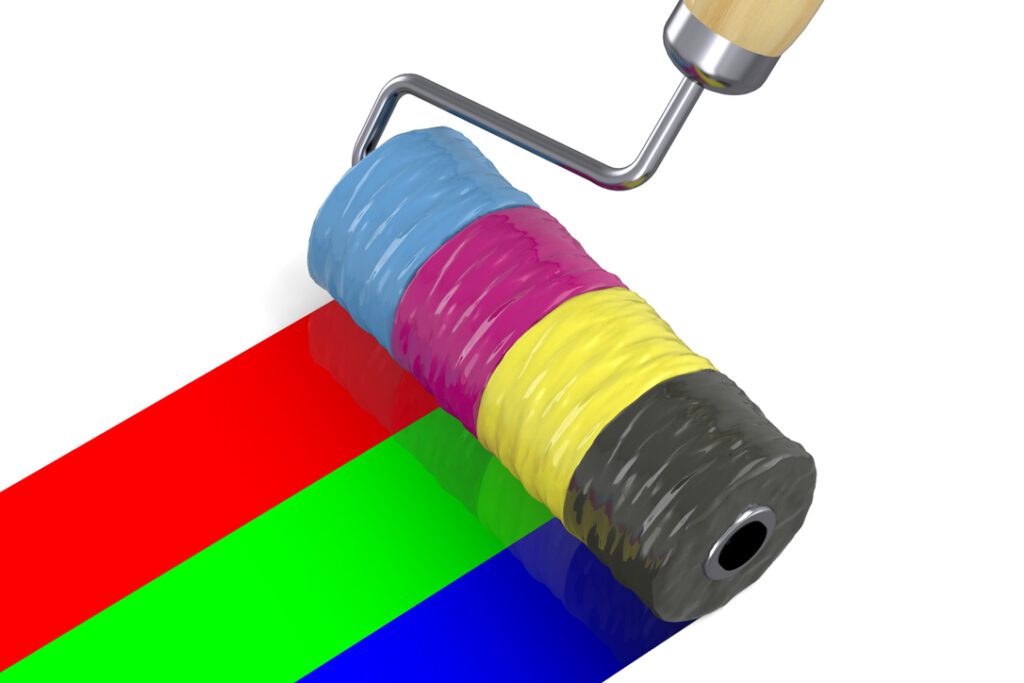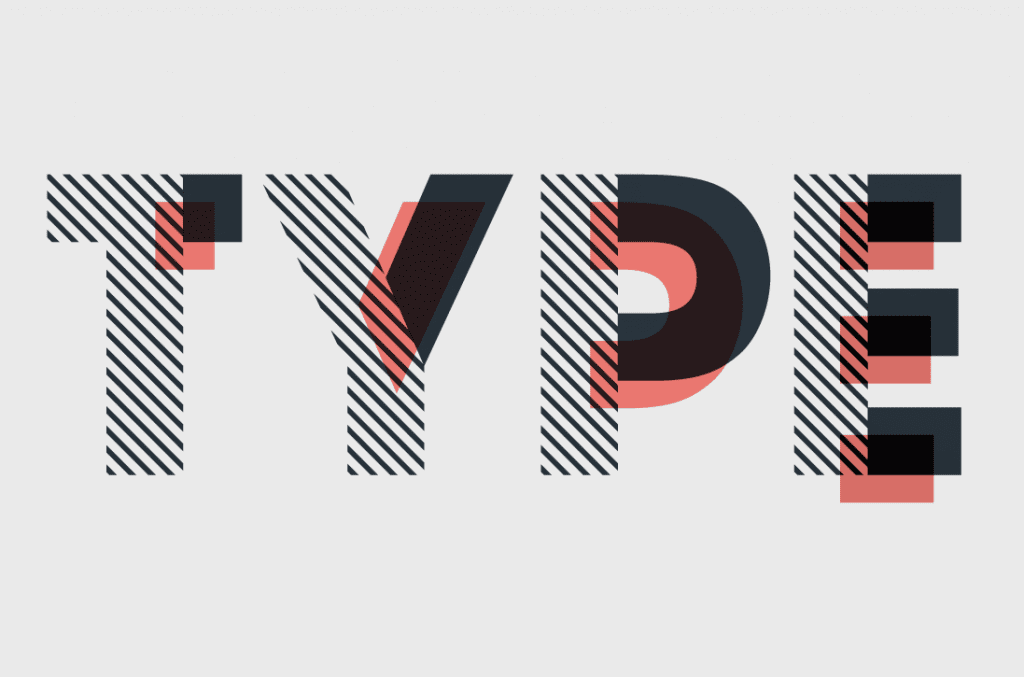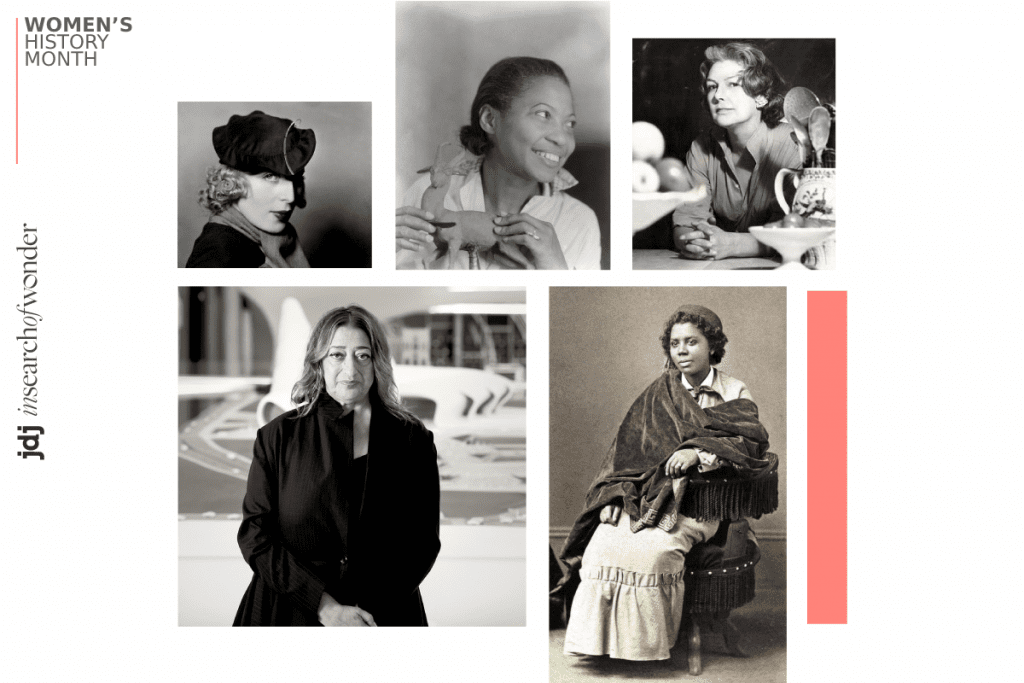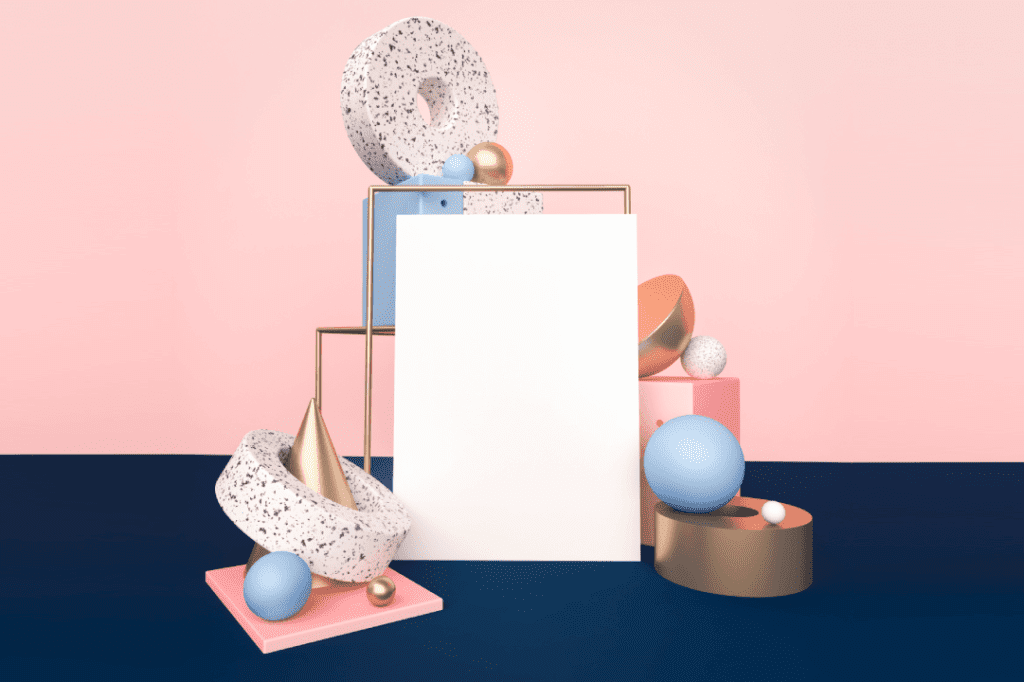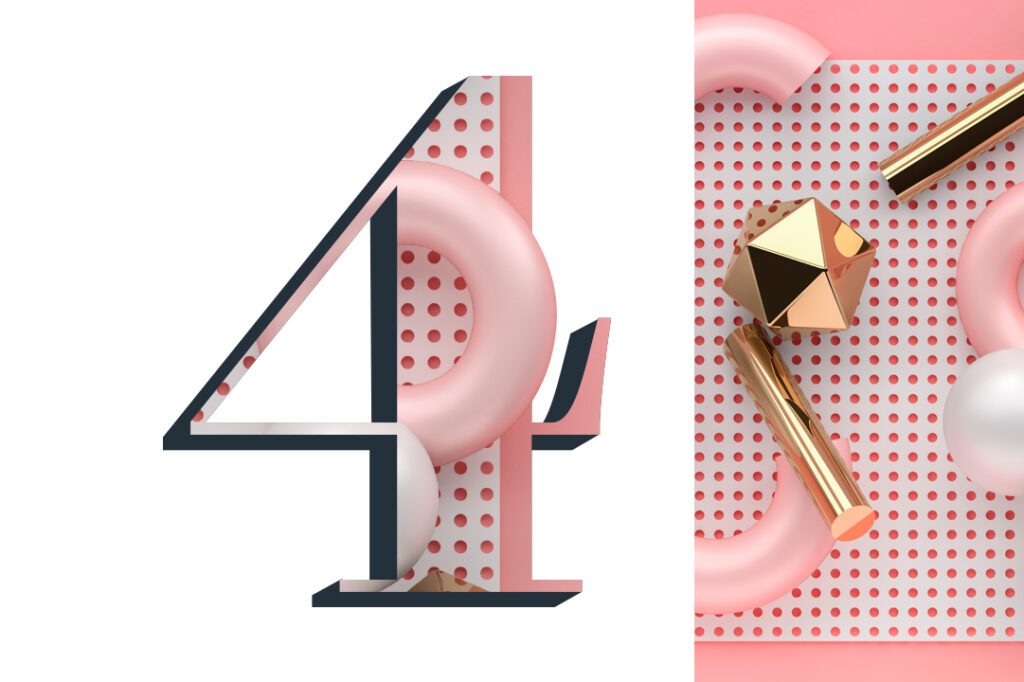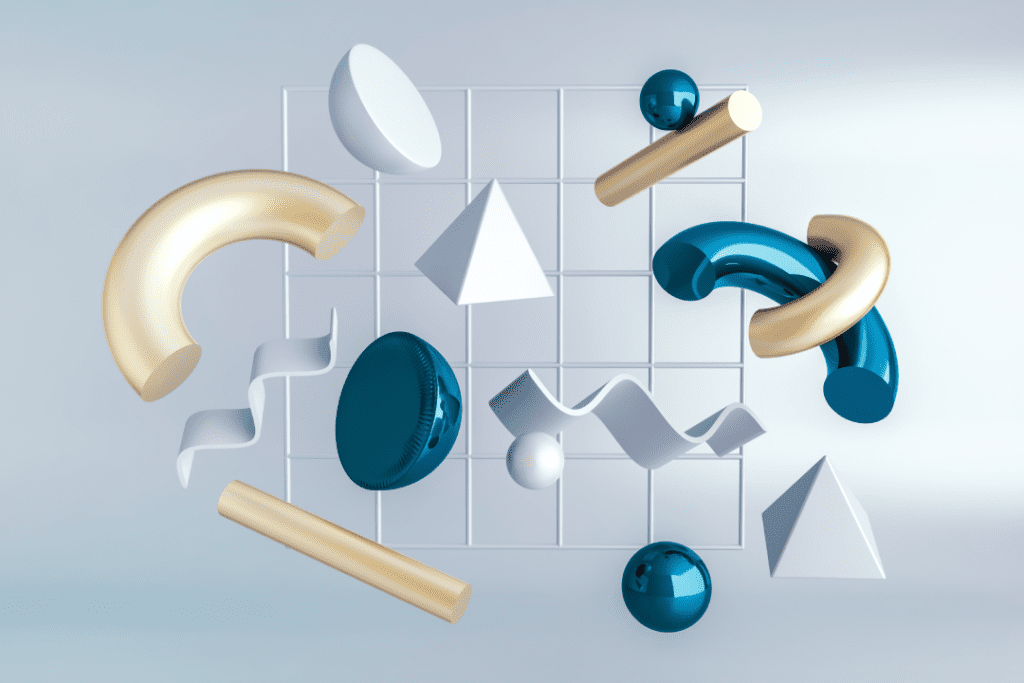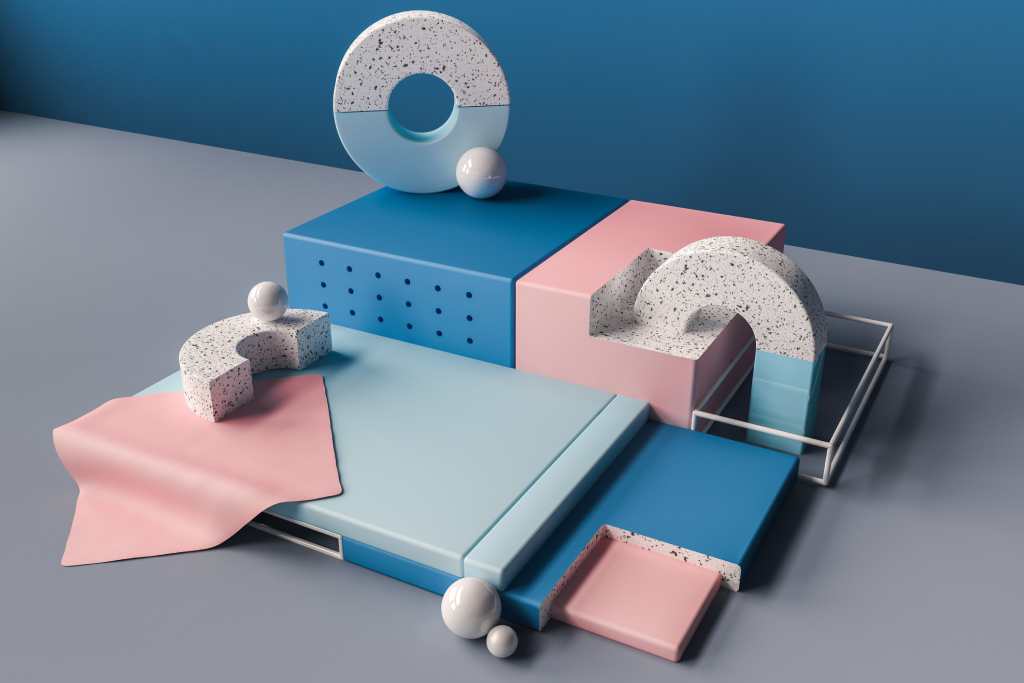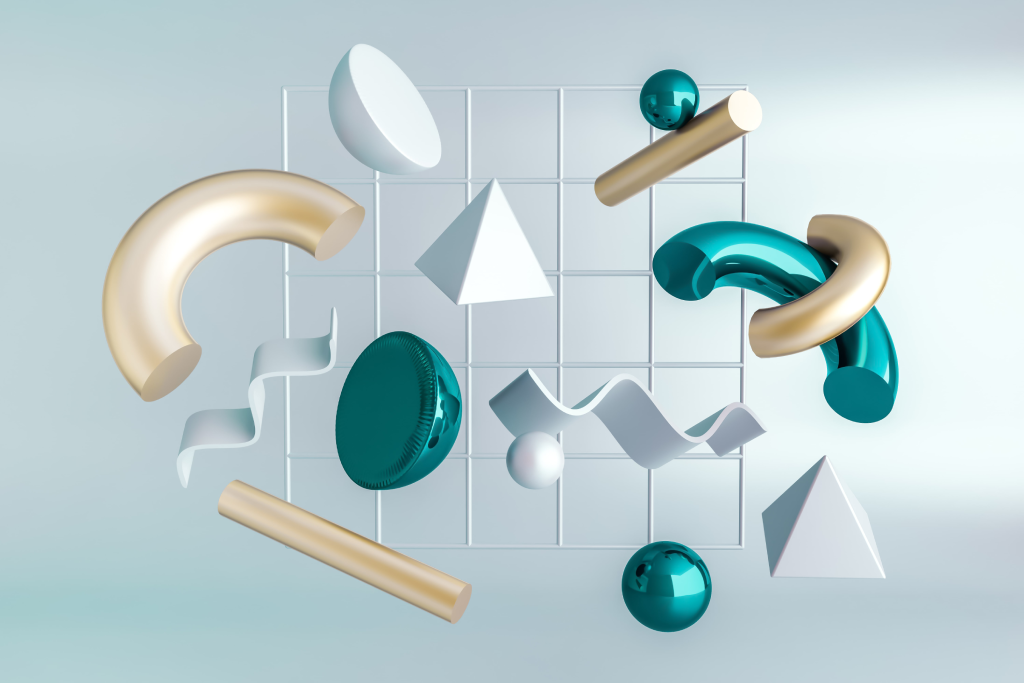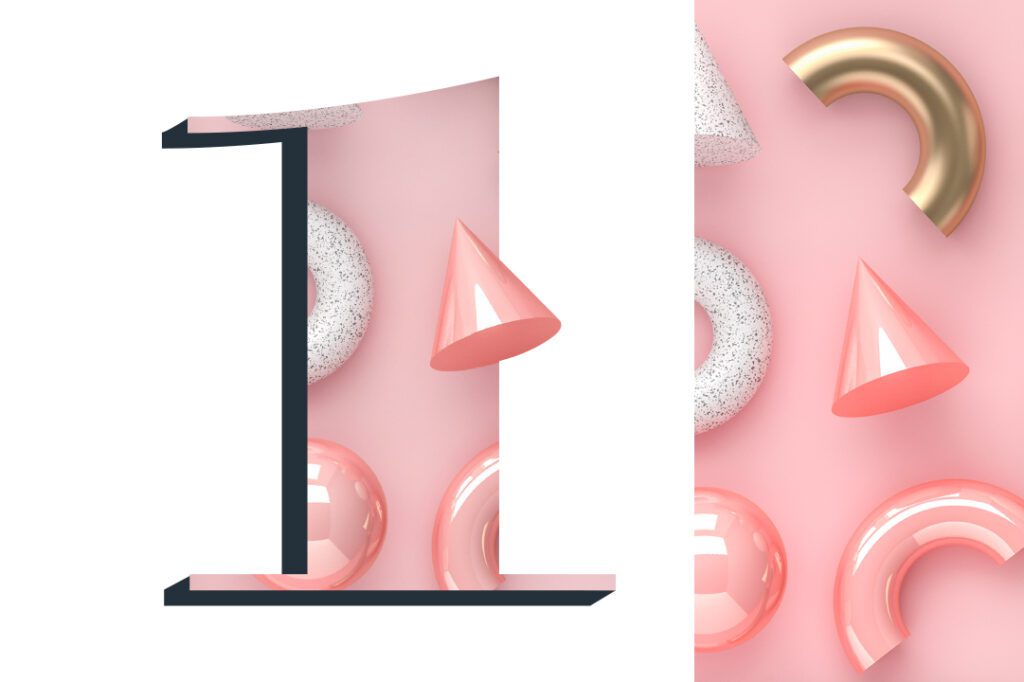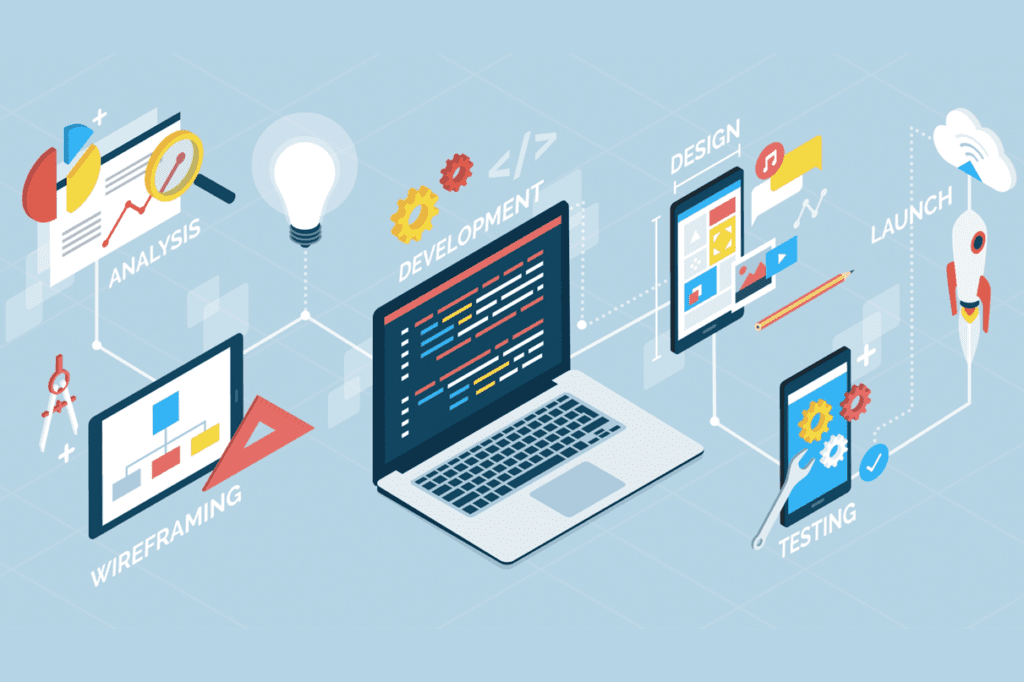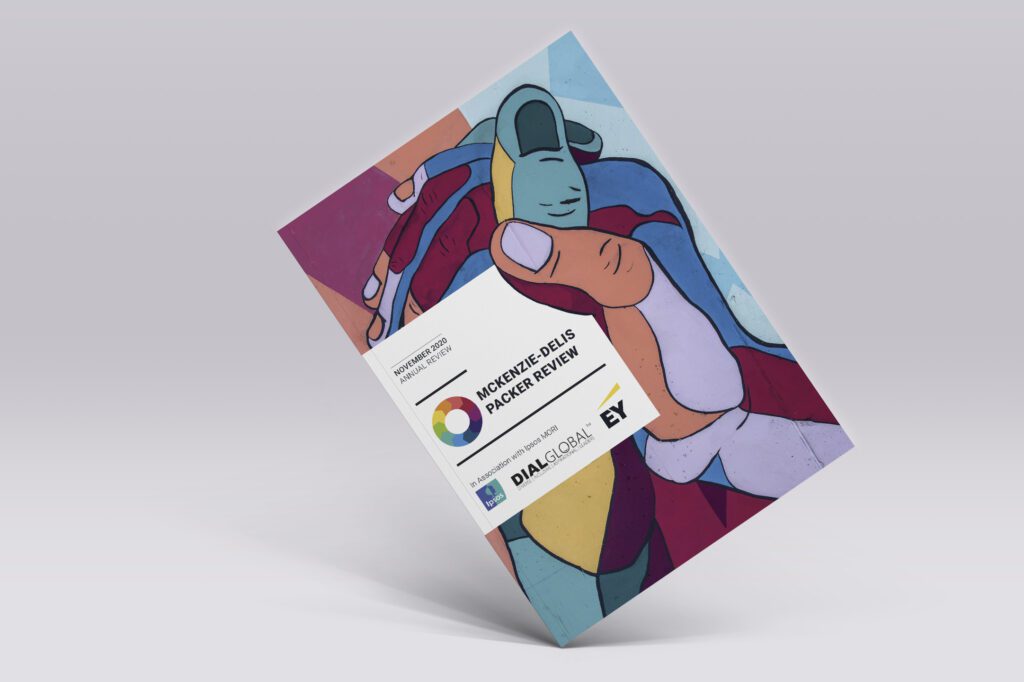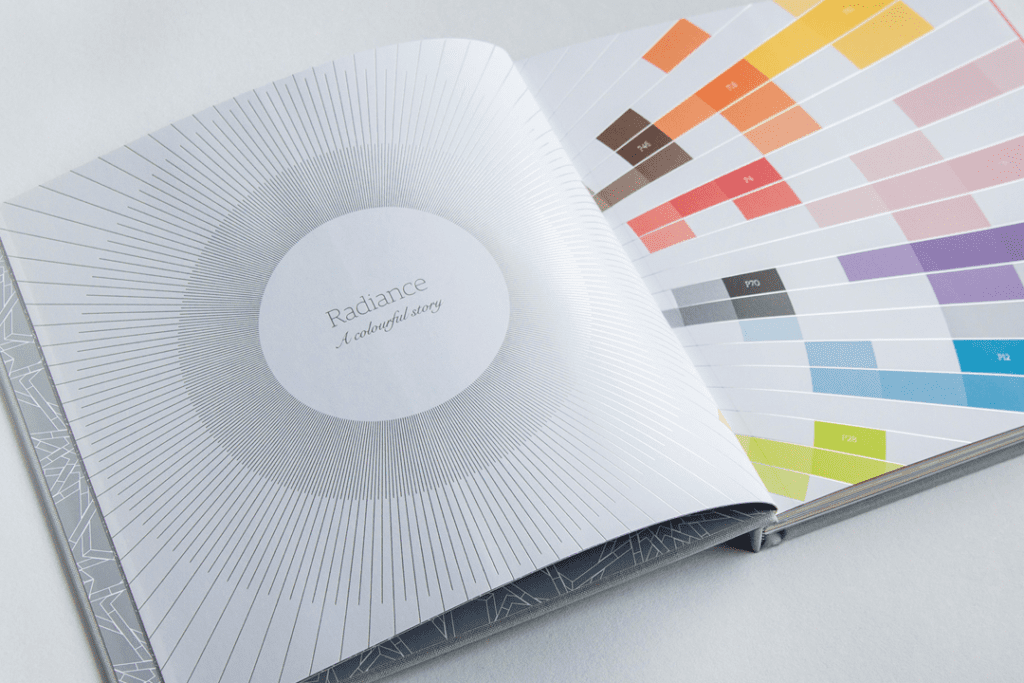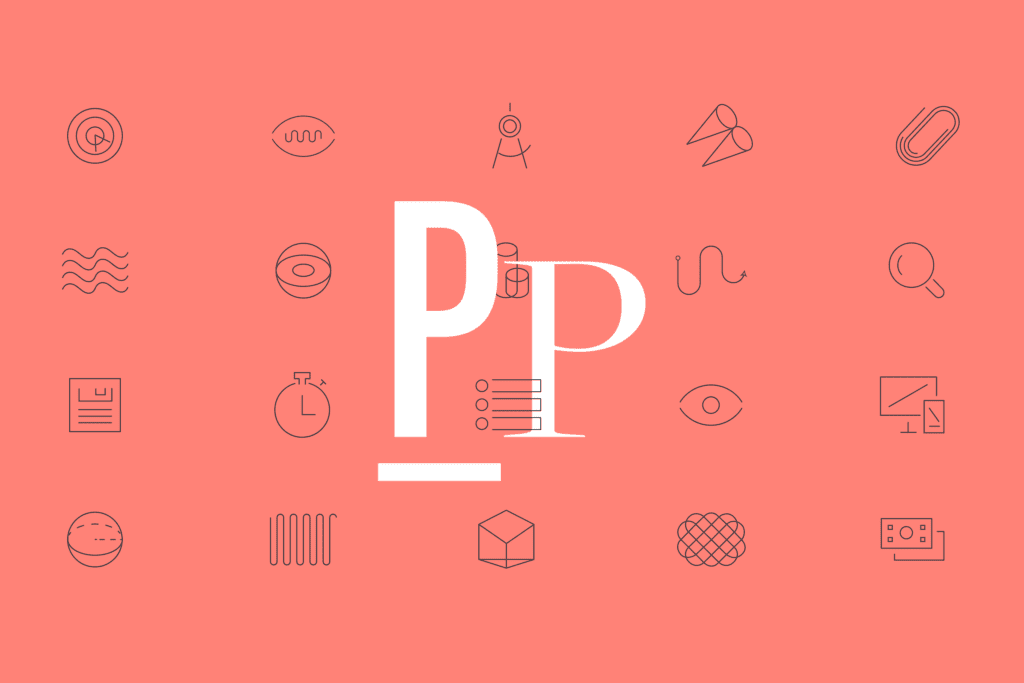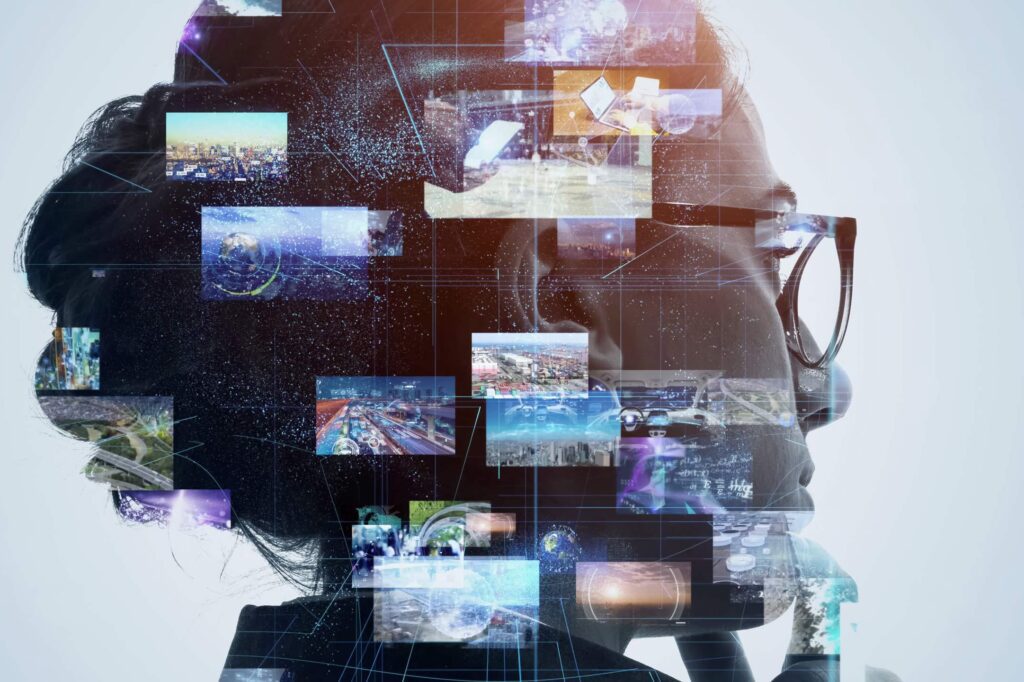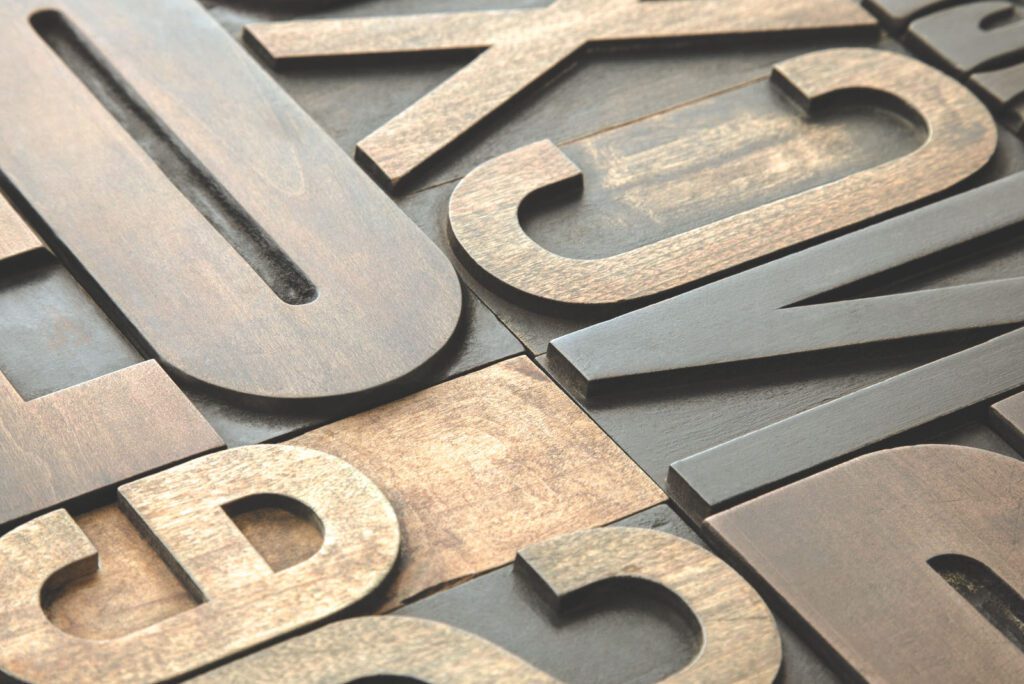In summary...
With machines predicted to 'do half of all work tasks by 2025', we discuss whether AI will replace graphic designers.
- Technology and automation have advanced all industries, including graphic design
- An understanding of human psychology is essential to good design
- While AI can assist graphic designers, it lacks the creativity to completely replace human input
You don’t have to lose creativity in a world of AI
The year is 2023. By now, science fiction writers of yesteryear would have expected us to be commuting in flying cars and holidaying on the moon while served by a staff of robots beholden to our every whim. While these predictions have yet to come to pass, it’s undeniable that technology has impacted our daily lives in ways no one living in a pre-internet era could have imagined.
With these technological advances have come advances in automation with many tasks – particularly manual – now undertaken by machines. Look at car manufacturing plants, distribution centres and supermarkets; once solely manual processes are increasingly undertaken by technology.
Further advances mean administrative as well as manual jobs are now at risk. However, graphic design is one profession that will remain reliant on human involvement.
Here’s why…
Why AI won’t replace designers
-
Creativity cannot be automated
It’s long been accepted that creativity is a uniquely human trait. A process occurring within the human brain’s right side; one which is a key differentiator between human and machine. Its inventiveness – using ideas to create something original – is why artificial intelligence, at least in its current guise, cannot be creative.
For now, all AI can comprehend is what it’s been programmed to understand through human input. It cannot, in a creative sense, think for itself. It has no life experiences to draw on; indeed, it hasn’t lived.
That’s not to say attempts to ‘teach’ AI to create works of art have not been made. Images are fed to machines, allowing them to learn trends and styles, before attempting to implement them in original works. This has been completed to various levels of success. While portraits often look deformed, their appeal has not always suffered. In 2018, an AI-created portrait Edmond de Belamy sold for $432,500, suggesting there is beauty to be found in these pieces.
We had a play with DALL-E 2 – perhaps the most well-known AI text-to-image generator – in an attempt to recreate our wordmark, and the results were, well, underwhelming to say the least.
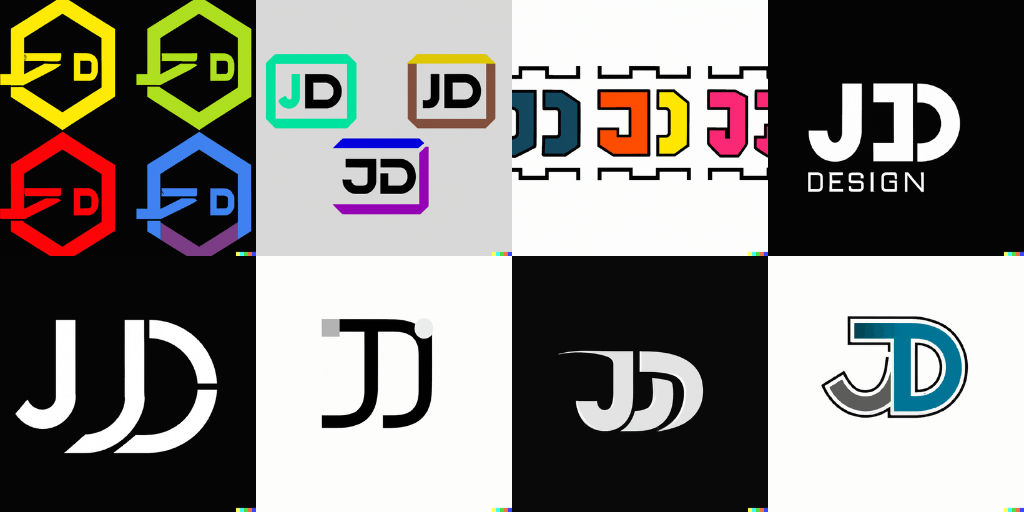
Whilst we certainly need more experience honing our text prompts to get more appropriate outputs, it’s obvious that these results are not usable. However, as discussion prompts, some interesting ideas are explored here, all created within seconds.
But it is these limitations which are prohibiting robots from taking over from graphic designers in the design and conception of elements such as infographics, marketing materials and website graphics.
-
Machines can’t understand human psychology
Where machine learning struggles is in its understanding of human nuances. Knowing how they’ll respond to a stimulus or using design to create a story for a human audience. Where an artist, for example, will use a setting or situation as the basis for their work, a machine will not understand this context. It struggles to evoke emotion from its audience.
For example, a computer may choose an appropriate stock image for an article based on selected tags, but it won’t understand the effects of its choice. It can’t comprehend the subtle differences between a Birmingham high-rise and a London block of flats.
This formulaic decision-making process can cause embarrassment if it goes wrong, particularly if the process is entirely automated.
Likewise, there may also be times when more than a stock image or a tried and tested template is required. When creativity is involved to create a unique sensory experience. Maybe an infographic or an illustration will sum up an article better. Or a product mockup. One must not forget about keeping the audience engaged – a task currently beyond the scope of a robot.



